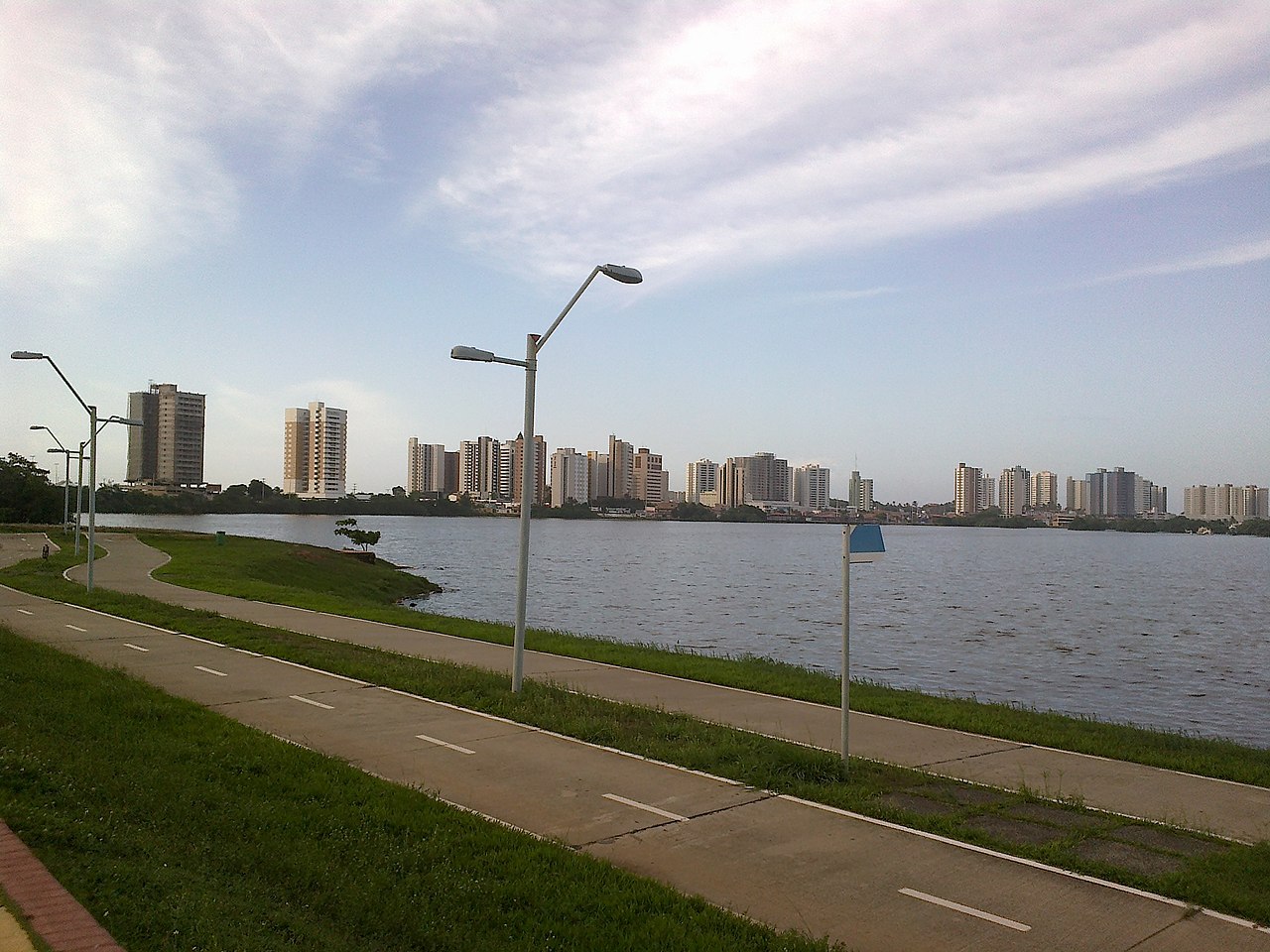
The title of Sao Luis, much more than beaches It will give you an idea of what we are going to talk to you about in this article. In fact, we will deal with the Brazilian city of that name that belongs to and is the capital of the state of Maranhão. Because, as you know, it is located in a privileged environment.
But it also has a spectacular historic center, rich and varied crafts and popular festivals that sink their roots in the most primitive folklore of the region. For example, calls Crioula Drum y Bumba-Meu-Boi. Not in vain, the city is classified as Heritage by UNESCO. Next, we are going to show you all this so that you can see Sao Luis as much more than beaches.
History of Sao Luis
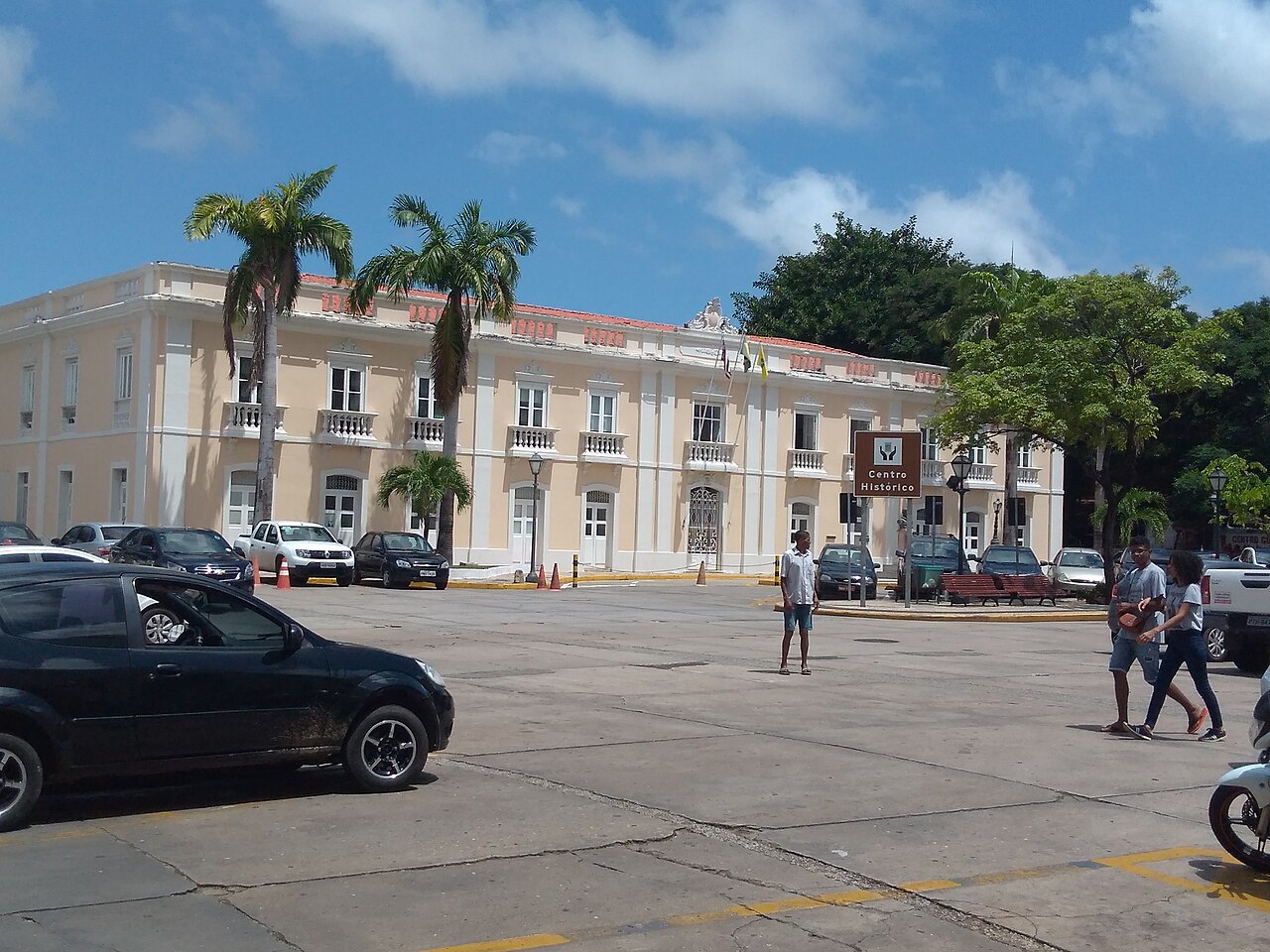
Palace of La Ravardière, whose lord founded the city
This Brazilian city was founded in 1612 by the French Daniel de la Touche, lord of La Ravardière, as capital of the France Equinoctial. This name was given to a group of territories that the Gauls owned in the American region near the Ecuador. Likewise, in honor of their king (Louis IX), he named it Sao Luis.
But only three years later it passed into the hands of the Portuguese and then the Dutch, who only held it for another three years. Already in 1860, the town experienced a time of splendor thanks to the export of cotton to United States, which was then in full Civil War. Then it became the third city of Brazil, just behind Rio de Janeiro and Salvador of Bahia.
But cotton fell into decline at the end of that century and, since then, Sao Luis has sought other ways to prosper. Currently has a great tourist attraction and has just over a million inhabitants, in addition to being, as we told you, the capital of the state of Maranhão.
As a curious anecdote, we can't resist telling you the ant event, which is halfway between reality and legend, but figures in the memories of its inhabitants. In 1706 the ants that inhabited the city were prosecuted and even brought to trial. They were accused of having stolen the flour that the religious kept in the basement of the seminary. They were also prosecuted for damage to heritage, since they had dug tunnels under the construction.
Location and how to get there
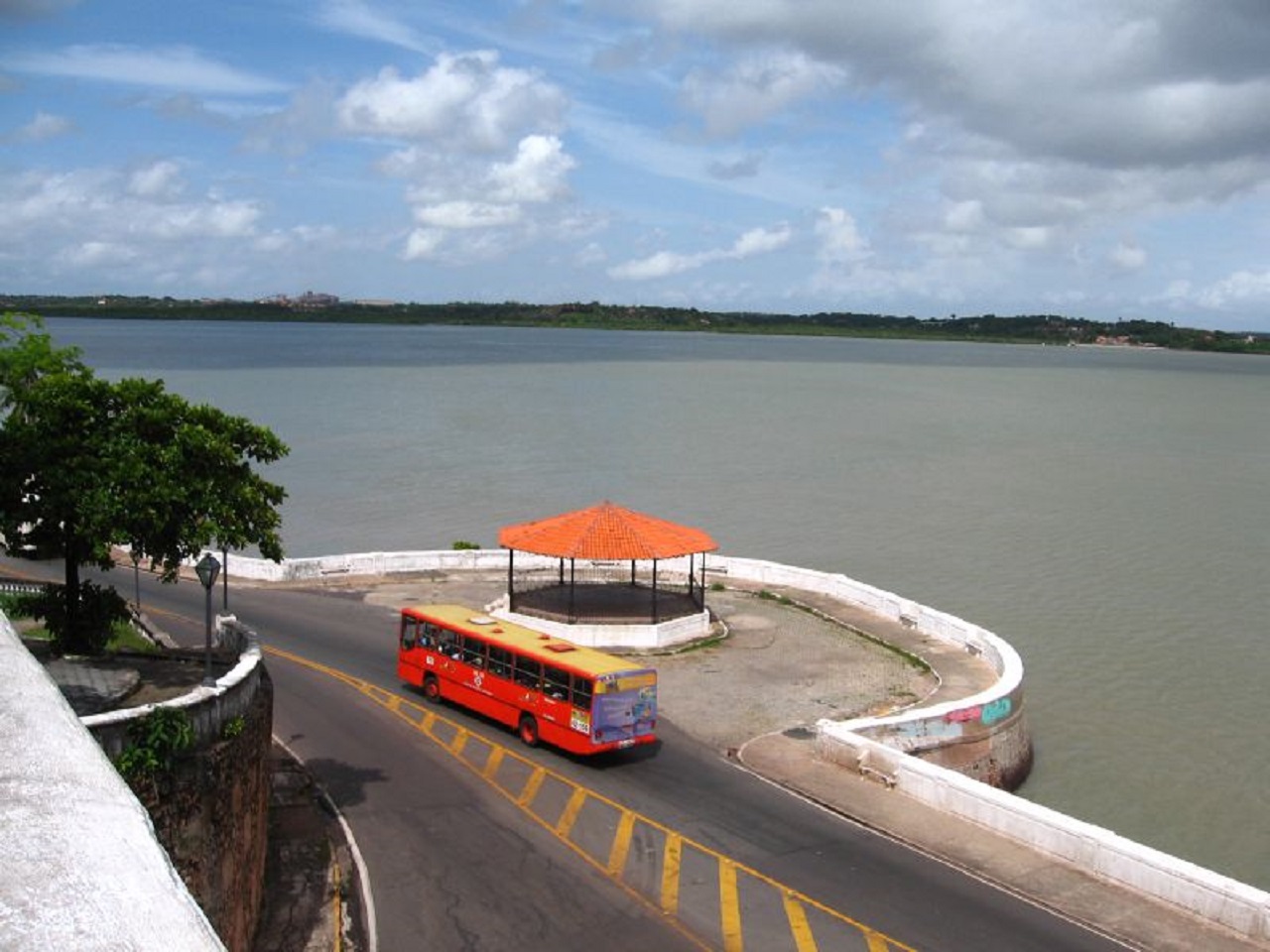
The spectacular bay of Sao Marcos
So that you better understand our statement about Sao Luis, much more than beaches, we are going to tell you about its location, surrounded by a stunning natural environment. It is located on the island of the same name, which is popularly known as "Love Island" and that is between the beautiful bays of Sao Marcos and Sao José de RibamarIt is separated from continental land by the so-called Mosquito Strait.
In addition, it is surrounded by other islands that make up a small archipelago. Between them, those of Two Sisters, the Pombinhas, Guarapira or Fear. Likewise, a good part of its municipal area is included within natural parks like those of the Sitio del Rangedor and Bacanga or of protected areas such as those of Itapiracó or the Maracaná Region.
Regarding the way to get to Sao Luis, the best is the plane. The city has an international airport where both domestic and foreign flights arrive. From there, you have buses to the center of the town and also to get around it.
On the other hand, it is not a particularly dangerous city. In fact, it is found among the ten safest in Brazil. However, we recommend that you take the usual precautions. For example, don't go out at night in certain neighborhoods or go to others in groups just in case.
Finally, It is not a very expensive town, although, perhaps a little more than others in the country due to its tourist nature. However, a normal hotel room can cost you around sixty or seventy euros, while a meal is around ten reais. As you know, this is the currency of Brazil and today it is equivalent to 0,18 euros.
Why Sao Luis, much more than beaches
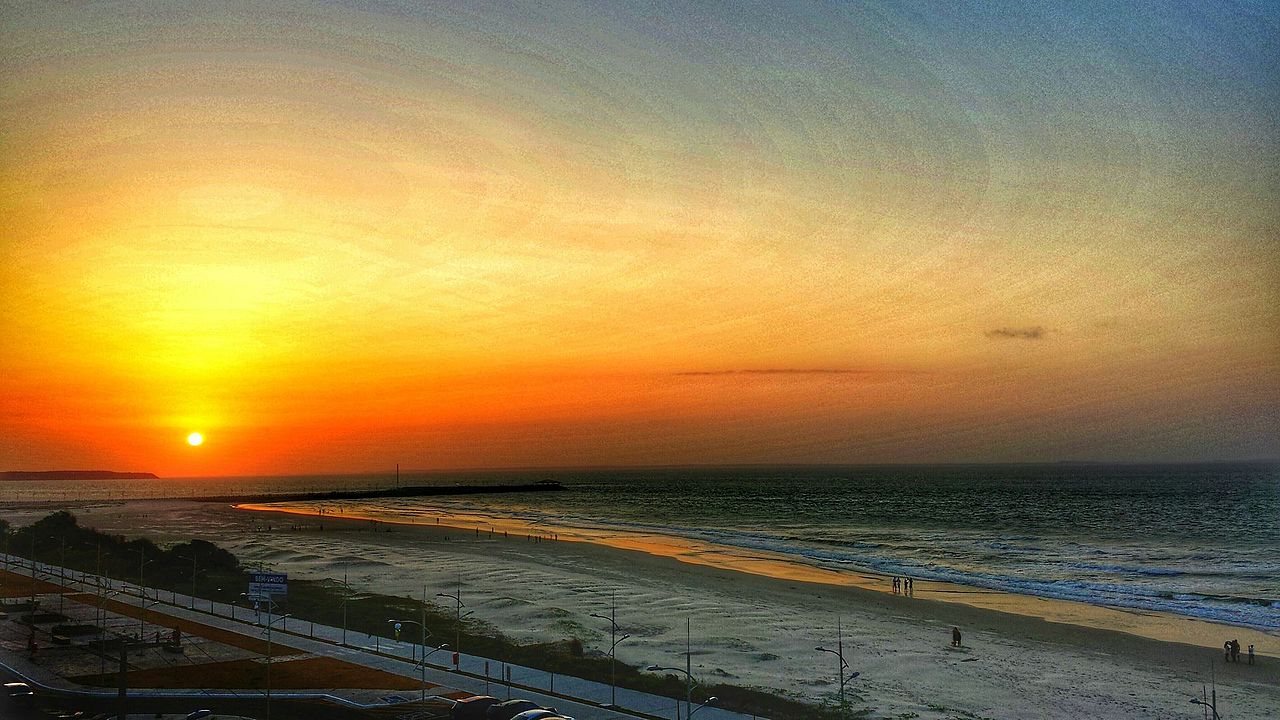
Sunset on Ponta D'Areia beach
If we have titled this article Sao Luis, much more than beaches, we necessarily have to talk to you about them. You can find them of all sizes and almost all of them are white sand. The most famous are the urban ones that you will find between Avenida Litoranea and the Ponta D'Areia peninsula, where most of the hotels are. Among them, you have that of the latter name; that of Sao Marcos, preferred by the youngest and the Pebble, which is one of the most famous and ideal for sports activities.
On the other hand, about twenty-five kilometers from the city you have the Raposa beach, which is perfect for fishing, already about thirty that of Sao José de Ribamar. This last town is famous for its religious festivals. But we have not yet explained to you why we say Sao Luis, much more than beaches. Let's do it.
What to see in Sao Luis
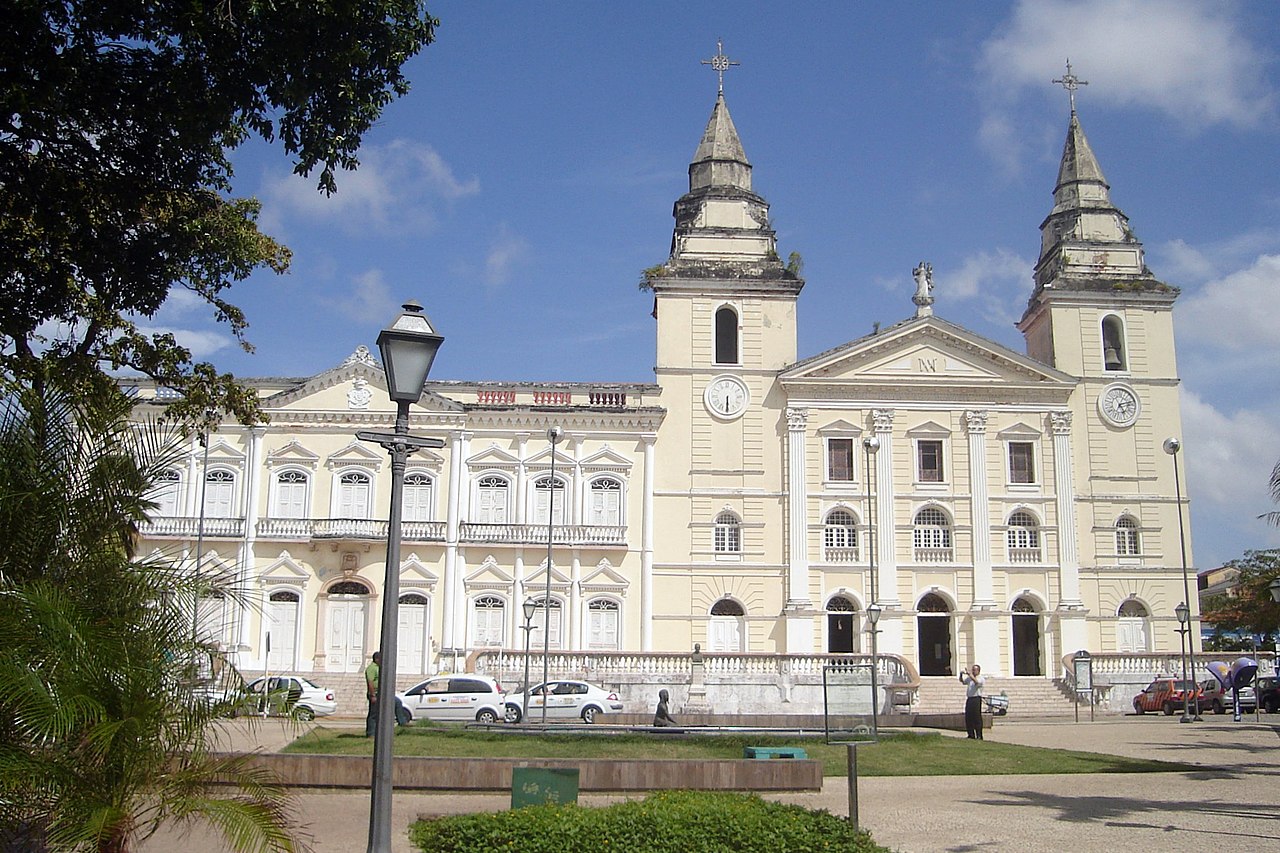
Cathedral of Our Lady of Victory in Sao Luis
That statement is not gratuitous. As we have indicated, Sao Luis has received the cataloging of Heritage by UNESCO. Good fault for this is its impressive historic helmet, but also its crafts and traditional folklore.
As if all this were not enough, the city is also known as "Brazilian Athens" for the large number of poets who were born there. It is the case of Aluisio Azevedo, Graça Ananha, Coelho Neto or Gonçalves Días. And, to top it all off, it is about the capital of reggae from Brazil, it even has a museum dedicated to this type of music.
Historic center of Sao Luis
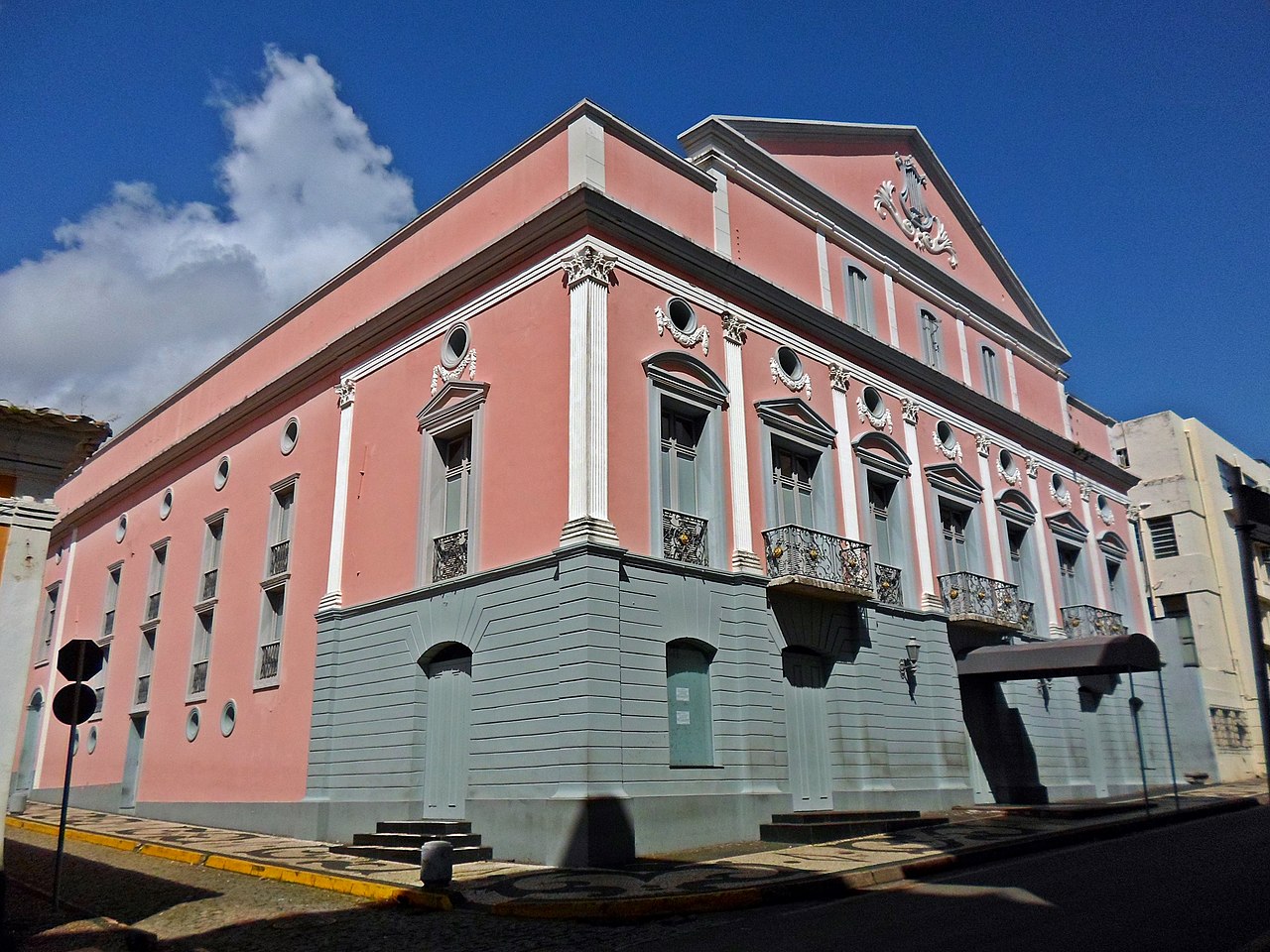
Arthur Azevedo Theater of Sao Luis
Any visit to this city must begin with its spectacular historic center. It is made up of about three thousand five hundred buildings that have both historical and artistic value. The vast majority were built in the 17th century, when the town was founded.
Among the most spectacular of the religious ones is the Cathedral of Our Lady of Victory. It is a neoclassical construction whose façade features two large towers and a central pediment. Furthermore, attached to it is the Episcopal palace, which responds to the same characteristics.
They are also part of the religious heritage of Sao Luis the churches of Rosario, Remedios and Extierro, and the convents of Carmen and La Merced. Also interesting is the Museum of Sacred Art, where you can see baroque, neoclassical and rococo pieces from the 18th, 19th and 20th centuries.
As for the civil buildings in the historic center, you should see houses like those of the Mines, the Fountains, the Stones and the Granary, Along the Arthur Azevedo theater y palaces such as La Ravardière and Lions. We will talk to you about the latter later, along with the attractions that we propose below.
Casa do Maranhão
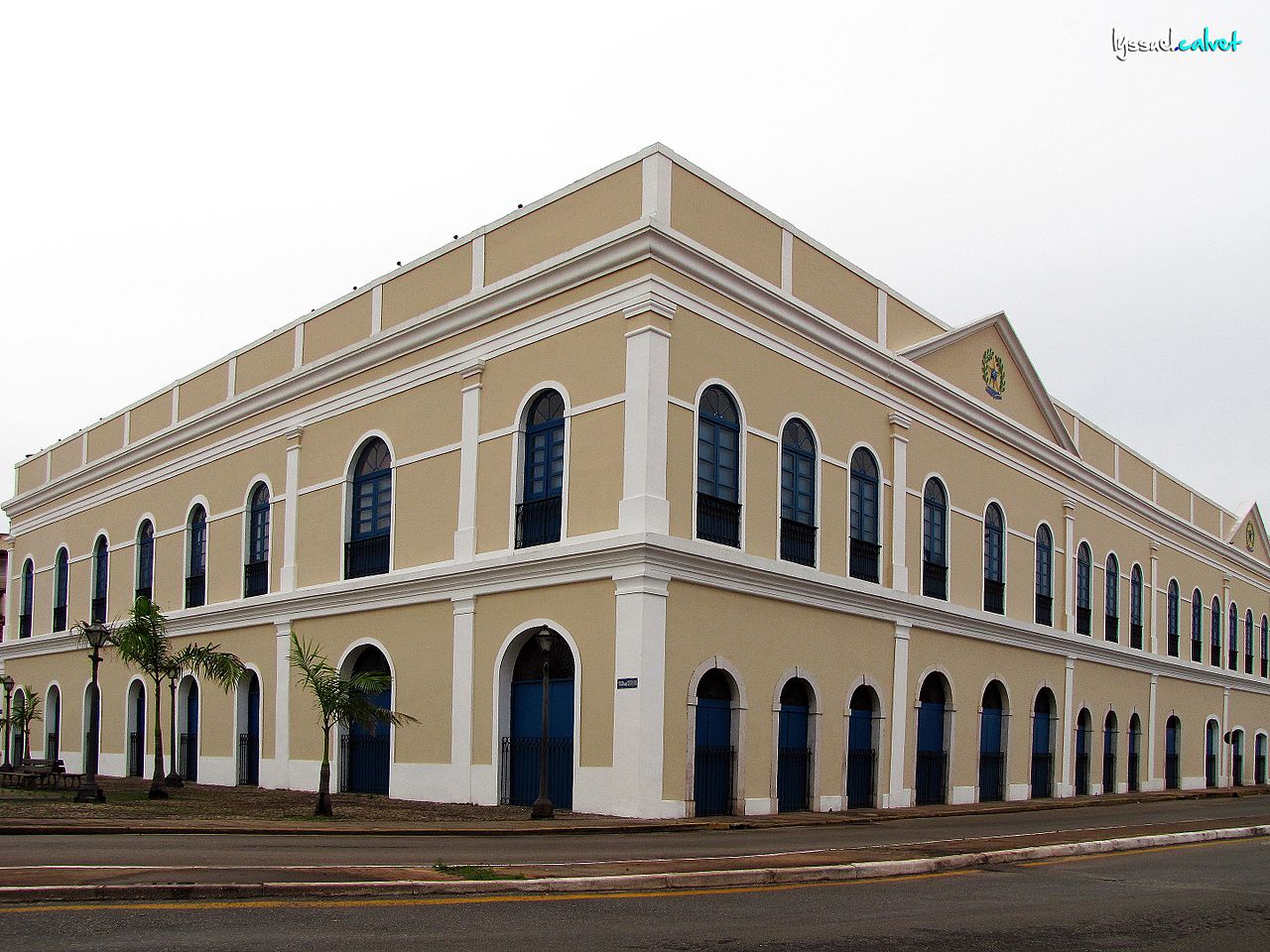
The Casa do Maranhao, which houses a folklore museum
It's a folk museum which, as its name indicates, is dedicated to the cultural heritage of the state of Maranhão. You will also find it in the historic center, specifically, its headquarters is the old customs building, built in 1873.
If you visit it, you will learn about historical facts such as the founding of Sao Luis itself and the project to create the aforementioned Equinoctial France. But you will also see all kinds of craft pieces, costumes and even gastronomic customs of the area. However, perhaps its most interesting space is the dedicated to folklore. In this you will learn about the main manifestations of the region. For example, the aforementioned celebrations of Bumba-Meu-Boi and Crioula Drum. But also the caixeiras of the festival of the Holy Spirit o the Mine Drum.
Sao Luis Central Market
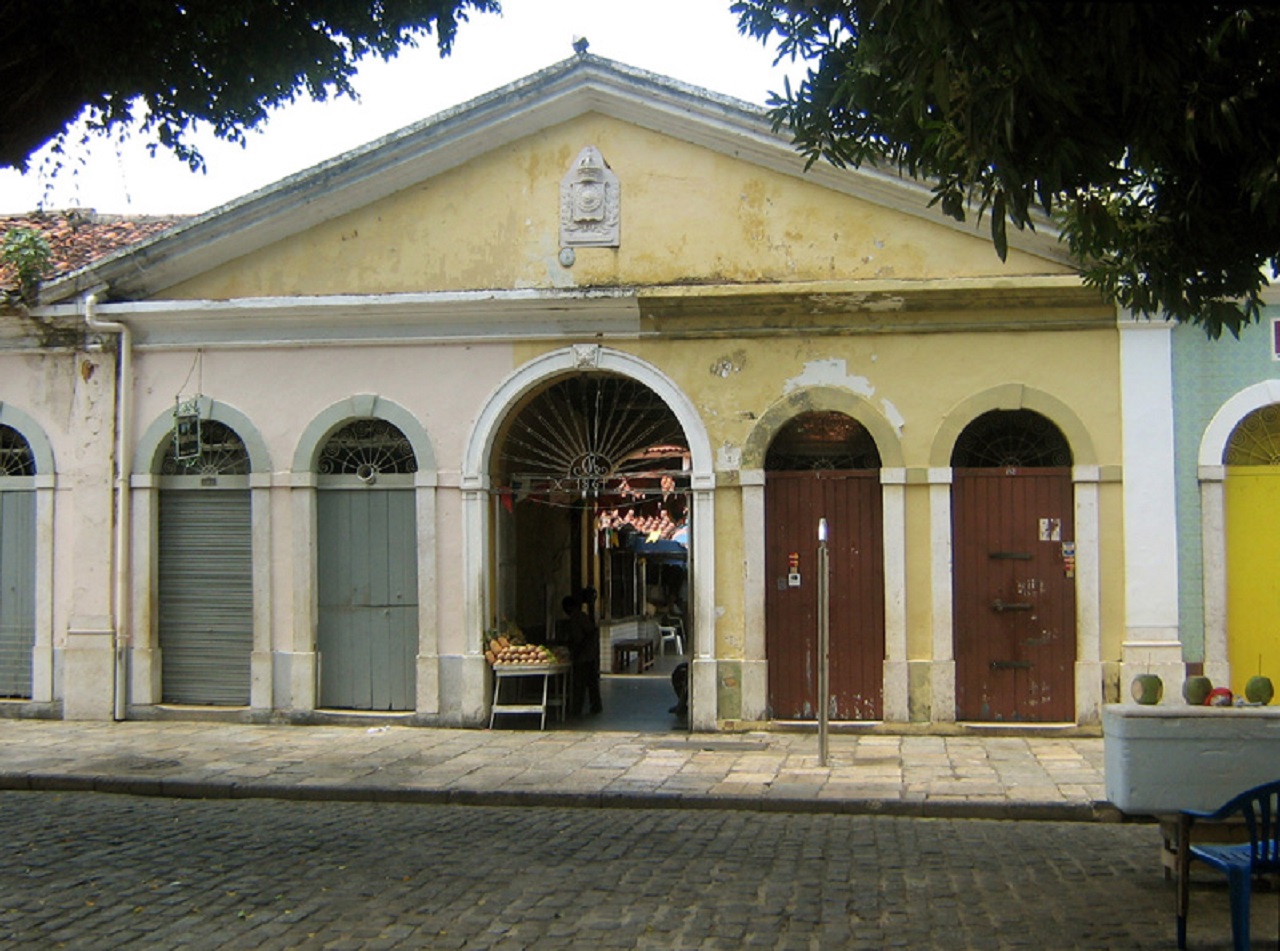
Market in Sao Luis
Of course, if you want to buy crafts From Sao Luis, you have to visit the central market of the city. You will also find it in the historic center, next to the beautiful Pedras fountain. It dates back to the mid-1939th century, but the current building dates back to XNUMX.
It has about four hundred and fifty stalls that are not only dedicated to straw, leather or wood crafts. There are also edibles, herbs and medicinal plants. And even practical utensils such as household items. But, above all, if you want feel the daily life of the city, you have to visit this market.
Puppet Theater Circus Company
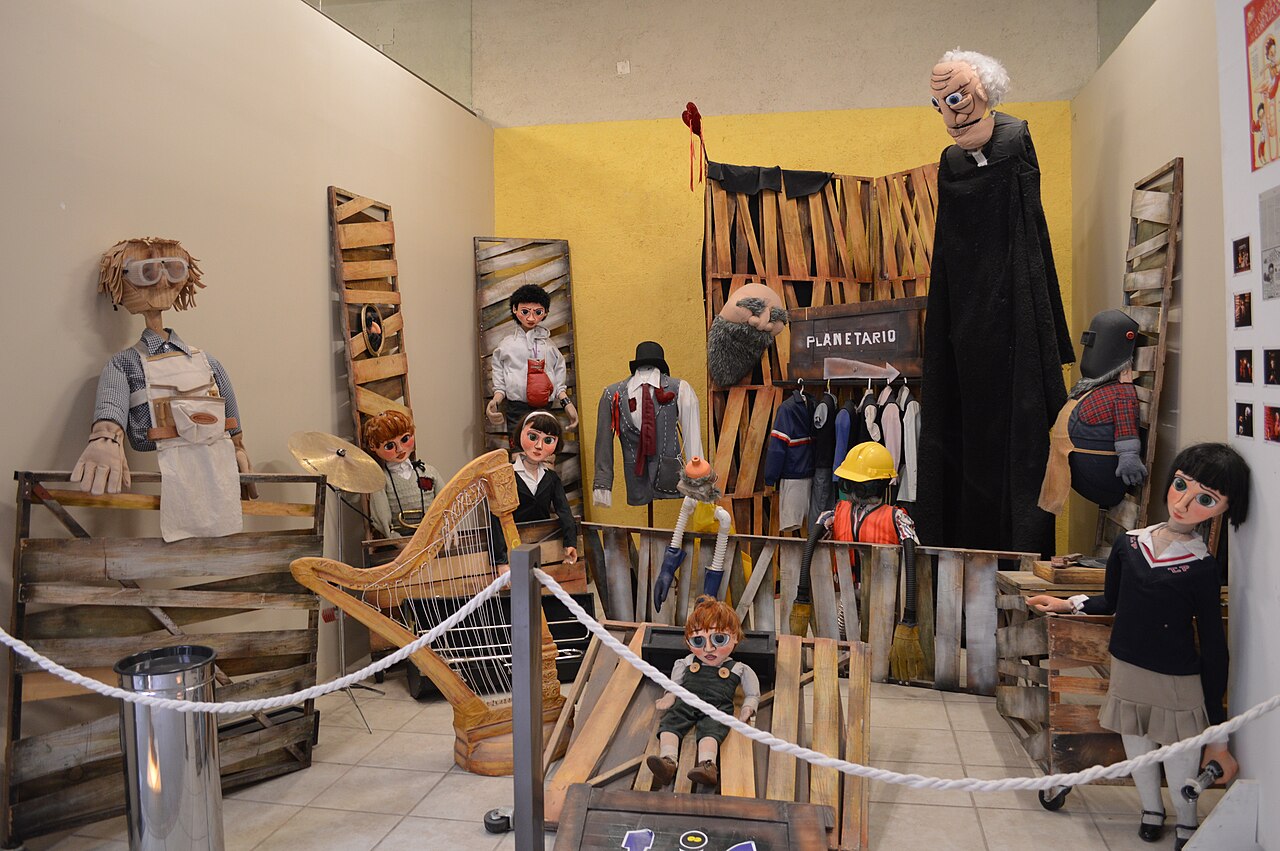
Various models of puppets
The puppet theater presents a great tradition in Brazil, since its existence dates back to the 18th century. Initially, it came to Rio de Janeiro, but it soon spread to the rest of its territory. In addition, own modalities were created. For example, in the state of Pernambuco a form of puppet known as mamulengo.
For its part, in Sao Luis you have the Puppet Theater Circus Company, which offers shows with these figures, while teaching you their history in the city. It has its headquarters on Rúa dos Catraeiros, without number.
Museum of Visual Arts
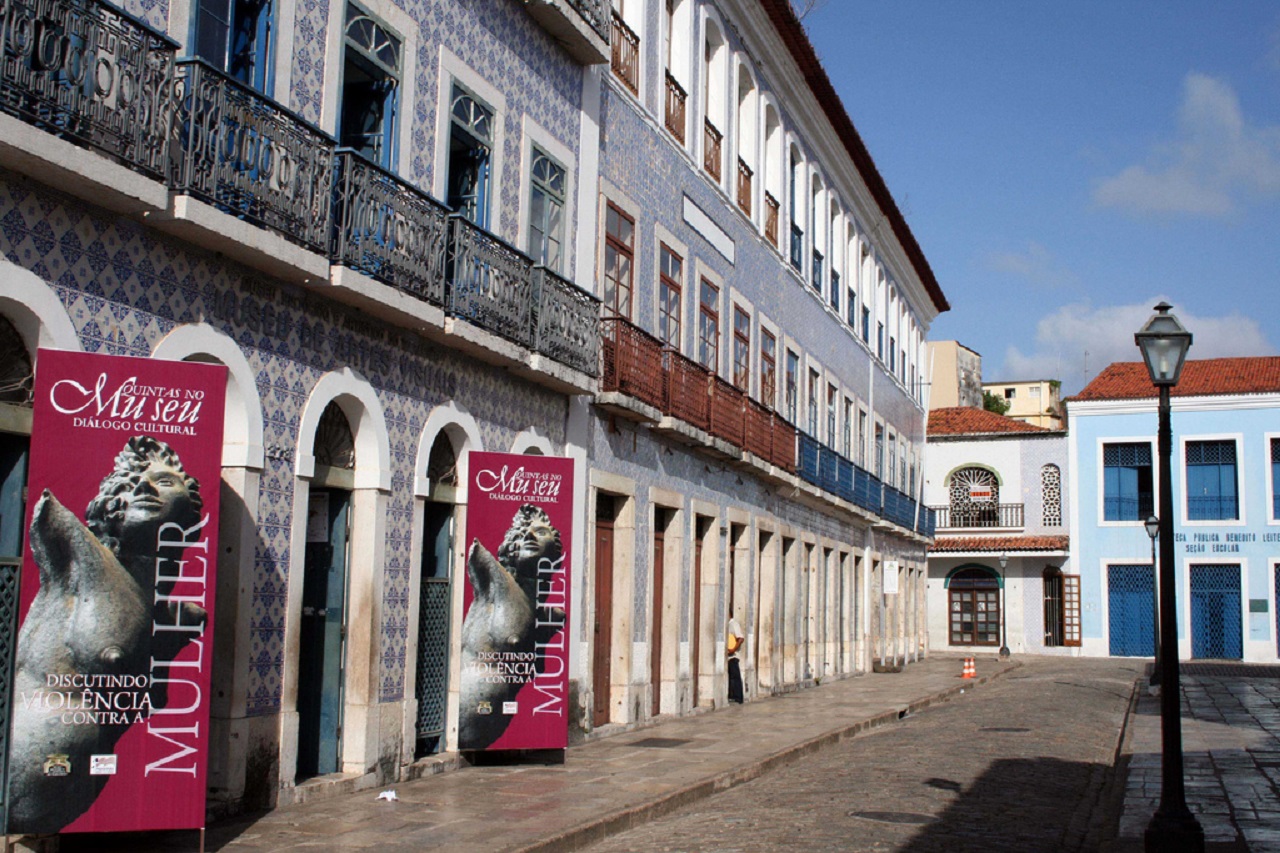
Sao Luis Museum of Visual Arts
It is located in a beautiful 1989th century house decorated with typical Portuguese tiles and wrought iron balconies. It was created in XNUMX to house manifestations of plastic arts made by the main artists of Brazil, both current and older.
Among them are figures such as Társila do Amaral, Alfredo Volpi, Miguel Veiga, Ademir Martins or Newton Sá. Likewise, it has rooms dedicated precisely to decorative tiles, tableware and glass art. But two of its strong points are the Nagy Lajos gallery and Assis Chateaubriant library. The first room is a tribute to the Hungarian artist after whom it is named and who created an important school in the state of Maranhão. For its part, the second has more than six thousand copies of books from all disciplines.
Palacio de los Leones
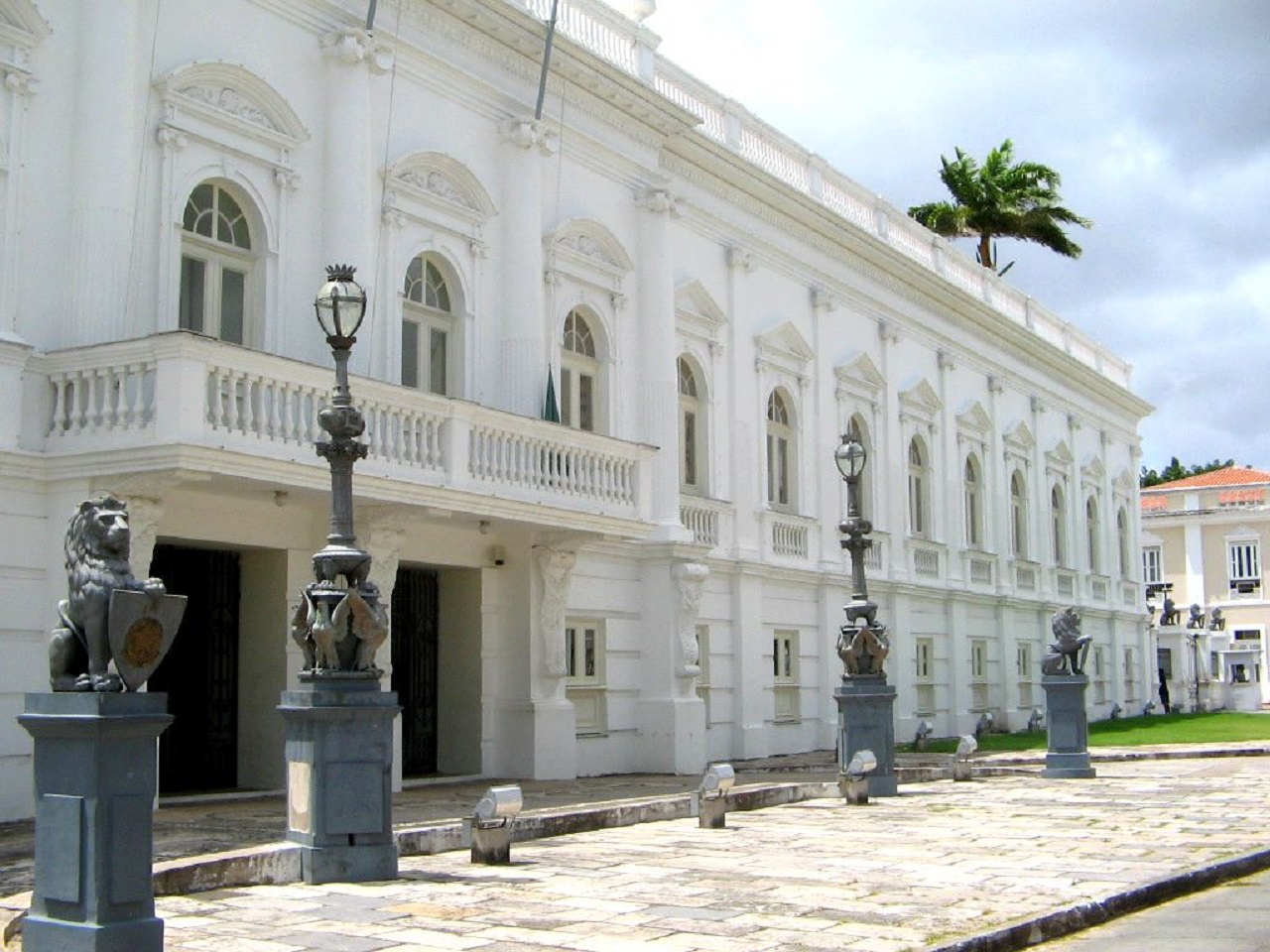
Palace of the Lions, one of the symbols of Sao Luis
This beautiful 17th-century classical-style building is the headquarters of the Maranhão State Government. You will also find it in the old town, specifically, at the top of the promontory where the city was born. It owes its name to the figures of lions that guard it.
They are located in front of the façade, which stands out for combine the aforementioned classical features with other typical features of colonial architecture. It also stands out for its large dimensions and its magnificent state of conservation, although has been restored several times.
In conclusion, as you have seen, the statement Sao Luis, much more than beaches it's true. The capital of the state of Maranhão It has magnificent ones, but it also offers you a historic center and a cultural and folkloric tradition that has allowed it to obtain recognition as Heritage. Come and discover this beautiful city of Brazil, you will not regret.